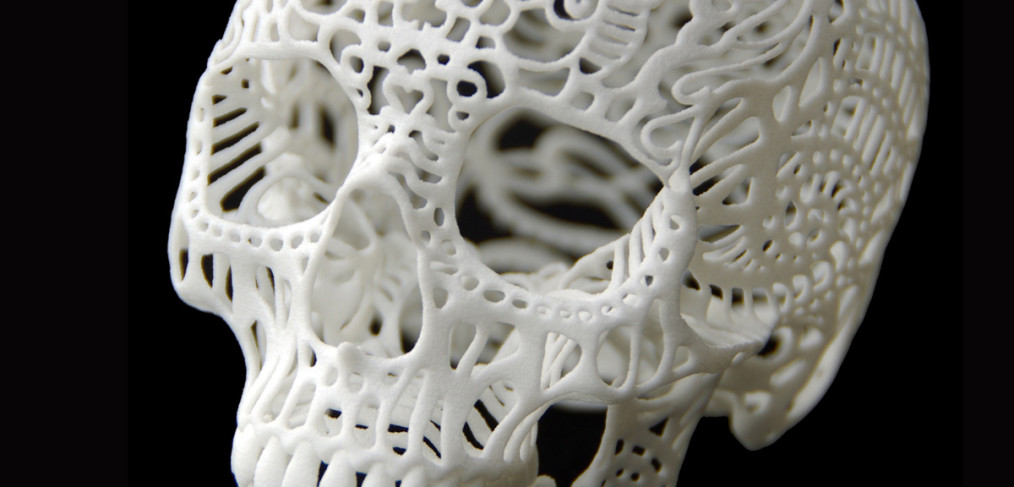
To 3D print or not to 3D print?
Author: Giulia Fioravera
Close your eyes for one second, take a deep breath, and imagine yourself in 5 years. There you are, waking up thanks to a flying alarm clock that is taping on your face and shouting out loud your agenda for the day.
Okay, this future scenario may not sound very appealing, but on a more down to earth option you would wake up, hope on your bike and, oh! Suddenly your pedal is broken! But this is not a problem, because you can go back to your house, search for a file with the design of a pedal and 3D print it in minutes.
Although we cannot devise now if our lives will look like this in 5 years, what is sure is that 3D printing is shaking the way we design and produce objects. More than that, it is challenging all our preconceptions on how things can and should be ‘made’.
This technology, that can produce anything designed in 3D modeling software, is based on applying multiple layers of the same shape, in the same spot, until creating a 3D object. As simple as it sounds, the concept creates endless possibilities for multiple industries. It has been already applied to the production of food, and it is said to change the way we eat and understand food in the future years.
But as with any new technology, it is soon to differentiate between its future possibilities and, let’s say it, exaggerations on its capabilities of development.
Going back to the scenario of the beginning; it could be said that if in the future everybody has a 3D printer at home, the role of industrial designers would disappear or change drastically. In my opinion, this is one of the mistaken ideas regarding the prospects of 3D printing. Do I think that every house of the future will have a 3D printer? Could be! Not even just that; the fact that this concept can be evolved into other technologies even more mind-blowing has been already proved. And it is a common thought for experts that it could change the way companies manufacture, and even create a come-back to local manufacturing. But still, as for creating objects or, the previously mentioned 3D printed food, these printers are only the appliances, the tools, not the designer nor the chef.
In any case, I cannot argue that having your own 3D printer at home sounds exciting but, do we want a world where everybody can easily self-produce objects with a couple of clicks? It is that thought what makes me feel uneasy about the future of personal 3D printers and industrial design. Nowadays, there is a lot of care put into designing and producing an object. One of the reasons of this is that production is expensive. Machinery, materials, and personnel are expensive. When we lower the cost of any of these factors we end up, usually, with a “cheap” and badly designed product.
The power that a 3D printer gives to its user, if used in the wrong way, could even make our environmental issues worst regarding production of waste. If you could produce a cheap plastic pedal for your bike every time you wanted, probably you wouldn’t mind if it broke every month. But if we scale this idea, it could mean a future with an even bigger problem of plastic waste.
Luckily, there is a group of industrial designers that sees the things from a more positive perspective. The guys of Better Future Factory, a design company based in Rotterdam, The Netherlands, have developed what they called “Perpetual Plastic Project”1. With the idea of creating awareness about plastic waste and its recycling possibilities, they have designed an interactive installation where already used objects made of plastic, like cups, are recycled on the spot into material for 3D printing, and further on, a new product. Not only they are making us aware of how much plastic waste we generate, but also allowing us to produce our own new objects in a more sustainable way.
The concept may be in its initial stages but, as the possibilities with 3D printing grow, hopefully, the idea of using them in a way that saves material waste will do too. Although I am still not convinced if 3D printing will save or redesign our world, with initiatives like this one, I may even start to think about buying a 3D printer myself.
http://www.perpetualplasticproject.com








